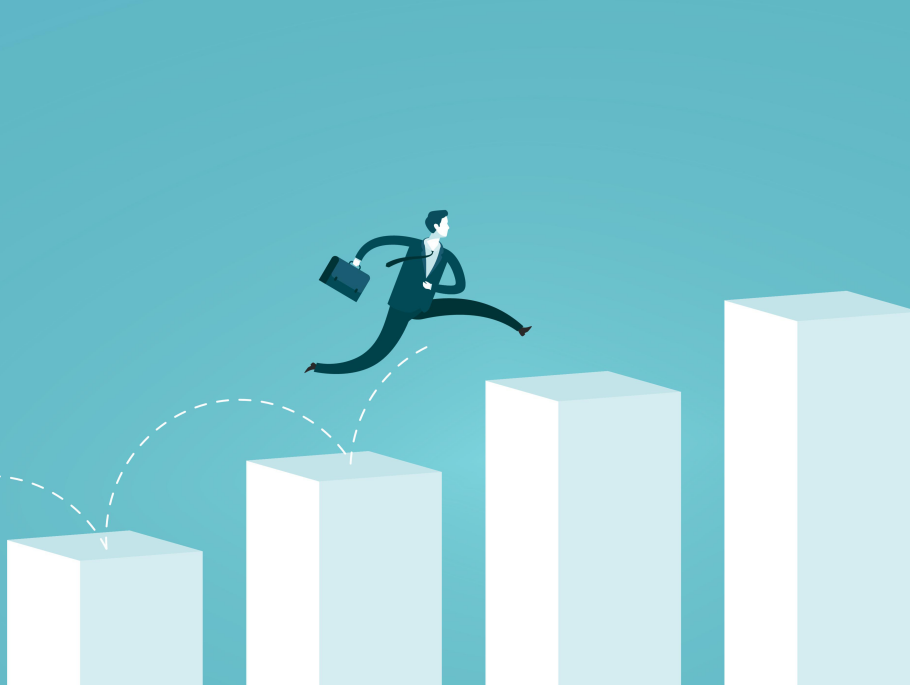HKBU invents nanostructure that stimulates growth of stem cells for Parkinson's treatment
.jpg)
The research team led by Professor Ken Yung Kin-lam (right), Professor of the Department of Biology, and Dr Jeffery Huang Zhifeng, Associate Professor of the Department of Physics at HKBU, has developed a pioneering nanomatrix that can stimulate neural stem cells to differentiate into nerve cells and can offer help for treating Parkinson's disease.
The invention could pave the way for treatments to cure Parkinson's and Alzheimer's disease.
Researchers from Hong Kong Baptist University (HKBU) have invented a nanostructure that can stimulate neural stem cells to differentiate into nerve cells.
They found that the transplantation of these nerve cells into rats with Parkinson's disease progressively improved their symptoms, with the new cells replacing damaged nerve cells around the transplantation site. This novel invention provides promising insights into stem cell therapies and offers hope of a new treatment for Parkinson's disease.
Although current treatments cannot cure Parkinson's disease completely, stem cell therapy a promising potential treatment. It involves cultivating stem cells for differentiation into new and healthy cells, tissues or organs which can then be transplanted to human body to replace damaged or dead cells.
Conventional stem cell culturing techniques require a large number of additional growth factors in a culture medium. The chemicals used may stimulate the growth of cancer cells and increase the risk of developing tumours after transplantation to human body. Furthermore, the brain‐like structures obtained from this method usually poorly resemble their counterparts in the brain. Efficiency of the conventional culturing techniques is low as the process spans more than a month, resulting in a high risk of contamination.
The pioneering nanomatrix, developed by a research team led by Professor Ken Yung Kin-lam, Professor of the Department of Biology and Dr Jeffery Huang Zhifeng, Associate Professor of the Department of Physics at HKBU, can induce the rapid and specific differentiation of neural stem cells into miniature substantia nigra-like structures (mini-SNLSs). These mini-SNLSs mainly comprise dopaminergic neurons and they can replace the damaged or degenerated cells in the substantia nigra in the brain.
The nanomatrix consists of a silica plate coated with a nanostructure layer. Thickness of the nanomatrix is only 550–730 nm, yet there are trillions of nanozigzag structures on the surface which can initiate the growth of neural stem cells into mini-SNLSs without the use of chemical growth factors.
"When the neural stem cells come into physical contact with our tailor-made nanozigzag matrix in vitro, the 'physical massage' can induce the cells to differentiate rapidly into the desired dopaminergic neurons. A self-organised mini-brain-like structure can be developed in only 2 weeks with risk of carcinogenesis substantially reduced," said Dr Huang.
According to Professor Yung, the technology "lays the foundation for research into stem cell therapies that may ultimately cure Parkinson's disease." He also believes the invention has shown great potential for the treatment of other incurable diseases, such as Alzheimer's disease and certain types of cancer.
Related News
-
News Lessons from CPHI Milan 2024: Sunny Intervals for Pharma Manufacturing?
As the 2024 CPHI conference wrapped up in Milan, we caught up with L.E.K. Consulting – a global strategy consulting firm with deep expertise in pharma manufacturing – to discuss evolving market perspectives and business outlook. -
News US BIOSECURE Act passed by US House of Representatives
The controversial act, which has already impacted several foreign companies operating in the US, was passed by the House of Representatives on September 9, 2024. It is now headed for the US Senate before it can be signed into law by President Joe Biden... -
News Pharma Supply Chain People Moves
The latest appointments, promotions, and structural changes across the pharmaceutical supply chain. -
News Drug prices agreed upon as part of the US Inflation Reduction Act
The Inflation Reduction Act brought into constitution by the Biden administation in 2022, which proposed a drug price negotiation between the government and pharmaceutical companies, has reached it's first agreement. -
News BIOSECURE Act continues to loom over Chinese pharma manufacturers
With the US BIOSECURE Act on its way to passing into legislation, Chinese companies are facing declining revenues within the first half of 2024 as US pharmaceutical and healthcare companies pull their businesses from the country. -
News Ophthalmologic drug product Eylea faces biosimilar threats after FDA approvals
Regeneron Pharmaceutical’s blockbuster ophthalmology drug Eylea is facing biosimilar competition as the US FDA approves Biocon’s Yesafili and Samsung Bioepis/Biogen’s Opuviz. -
News ONO Pharmaceutical expands oncology portfolio with acquisition of Deciphera
ONO Pharmaceutical, out of Japan, is in the process of acquiring cancer-therapy maker Deciphera Pharmaceuticals for US$2.4 billion. -
News First offers for pharma from Medicare drug price negotiations
Ten high-cost drugs from various pharma manufacturers are in pricing negotiations in a first-ever for the US Medicare program. President Biden’s administration stated they have responded to the first round of offers.
Position your company at the heart of the global Pharma industry with a CPHI Online membership
-
Your products and solutions visible to thousands of visitors within the largest Pharma marketplace
-
Generate high-quality, engaged leads for your business, all year round
-
Promote your business as the industry’s thought-leader by hosting your reports, brochures and videos within your profile
-
Your company’s profile boosted at all participating CPHI events
-
An easy-to-use platform with a detailed dashboard showing your leads and performance




.png)
.png)

.png)